Climate change, global warming, El Niño, or whatever else people have heard it called in the last two decades has been a massively divisive discussion.
Some believe that the entire thing was simply a hoax made up by China in order to somehow make U.S. manufacturing less competitive. Meanwhile, almost the entire scientific community of the world has shown time and time again that climate change is not only happening, but that it is occurring at a much faster rate than is normal for our planet.
Climate change is indeed real and it is causing significant change to the world that we all call home.
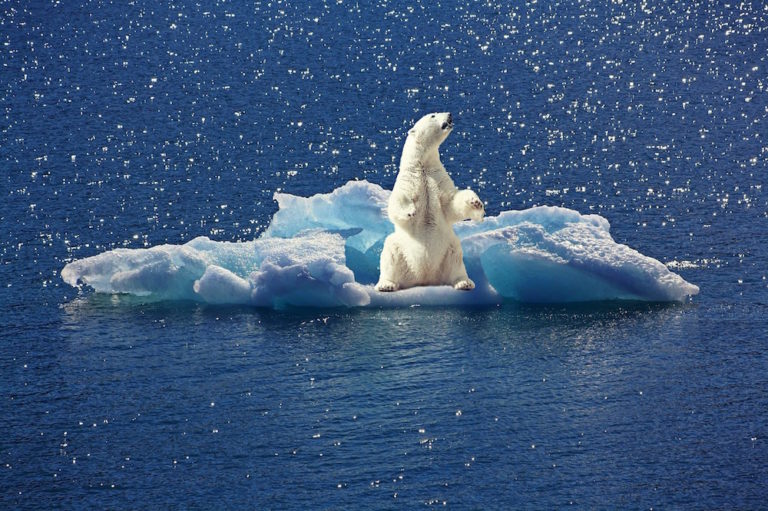
Glaciers are melting quickly, ice on rivers and lakes is breaking up much earlier in the year, plant and animal ranges are shifting, and trees are beginning to flower sooner. Some of these things you may have noticed, but others are harder to observe in everyday life.
That is why NASA has put together a compilation of satellite photos from March 1984 to September 2016 showing the arctic ice cap and its drastic shrinking.

When viewed next to one another, the different between the ice in 1984 and the ice in 2016 is blatantly different. It is not even close to the same size as it once was, and it is still shrinking to this day.
What normally happens with Arctic sea ice is that the old ice manages to stay in place for a number of years, growing in size and thickness to help promote new ice growth after the usual summer melting occurs.
Now, however, the area has warmed to the point where old ice is almost non-existent.

Without the old ice, it becomes more and more difficult for new ice to continue forming in the Arctic because it has nothing to latch onto.
What this means for the rest of the world is that as the coldest parts of Earth continue warming, the albedo effect in the Arctic could add as much as 50 percent to the direct global heating effect of CO2 across the rest of the world.
The video below shows exactly what has been happening in the Arctic over the last number of decades, and after watching that, make sure to read the next page to see what we can do to save the future.

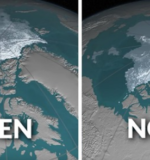


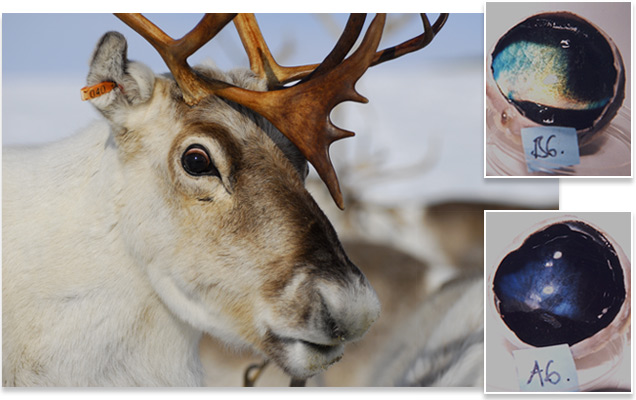
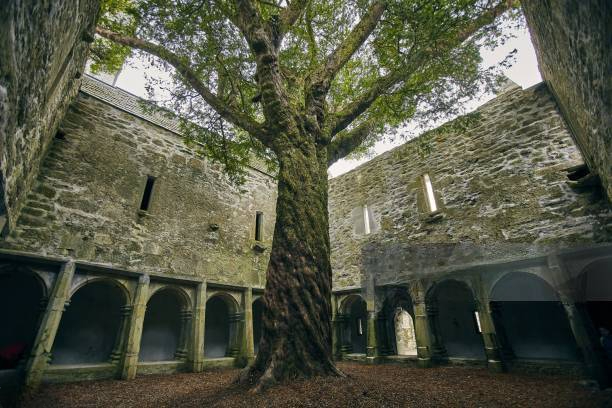
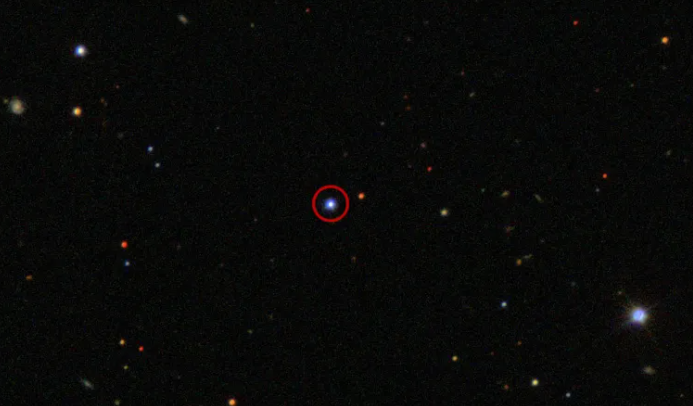

 Photographer Finds Locations Of 1960s Postcards To See How They Look Today, And The Difference Is Unbelievable
Photographer Finds Locations Of 1960s Postcards To See How They Look Today, And The Difference Is Unbelievable  Hij zet 3 IKEA kastjes tegen elkaar aan en maakt dit voor zijn vrouw…Wat een gaaf resultaat!!
Hij zet 3 IKEA kastjes tegen elkaar aan en maakt dit voor zijn vrouw…Wat een gaaf resultaat!!  Scientists Discover 512-Year-Old Shark, Which Would Be The Oldest Living Vertebrate On The Planet
Scientists Discover 512-Year-Old Shark, Which Would Be The Oldest Living Vertebrate On The Planet  Hus til salg er kun 22 kvadratmeter – men vent til du ser det indvendigt
Hus til salg er kun 22 kvadratmeter – men vent til du ser det indvendigt  Superknepet – så blir snuskiga ugnsformen som ny igen!
Superknepet – så blir snuskiga ugnsformen som ny igen!  Meteorite That Recently Fell in Somalia Turns Out to Contain Two Minerals Never Before Seen on Earth
Meteorite That Recently Fell in Somalia Turns Out to Contain Two Minerals Never Before Seen on Earth  Nearly Frozen Waves Captured On Camera By Nantucket Photographer
Nearly Frozen Waves Captured On Camera By Nantucket Photographer  It’s Official: Astronomers Have Discovered another Earth
It’s Official: Astronomers Have Discovered another Earth 